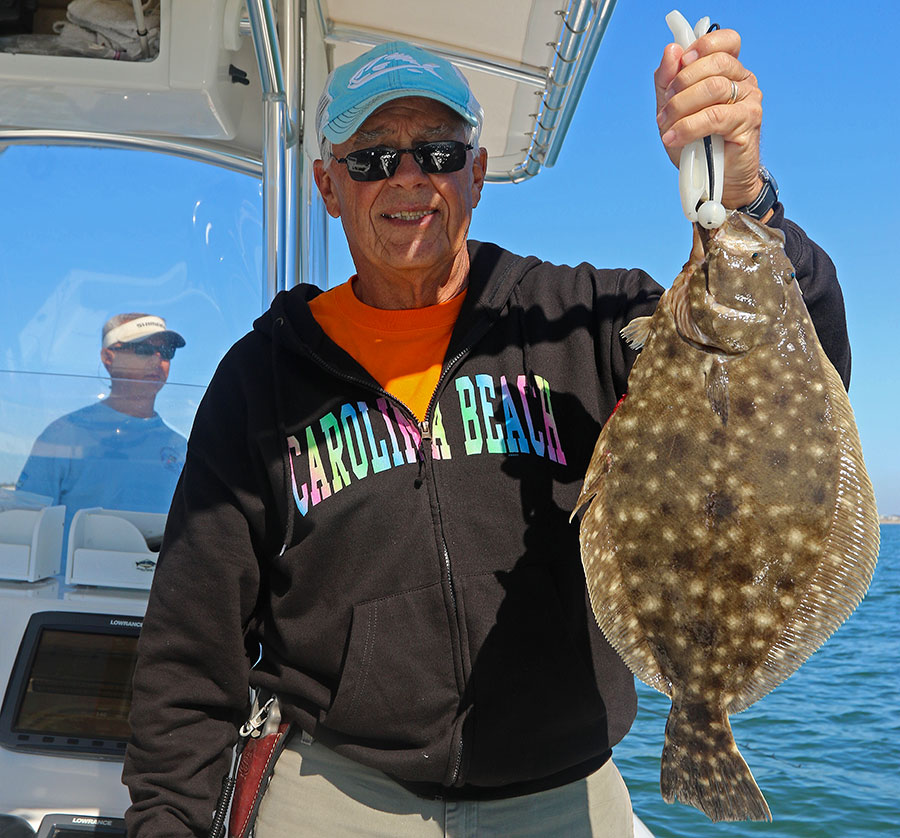
What’s the deal with NC’s flounder fishery?
It’s no secret that a lot of controversy surrounds North Carolina’s flounder fishery. In the past few years, the NC Division of Marine Fisheries has instituted closures on the species for much of the year, with a short recreational harvest season held during the fall. As of the writing of this article, the 2024 season dates have not been set, and it’s unclear whether a recreational harvest season will be held at all in North Carolina waters.
During the short 2023 season, social media users showed off some quality flounder, with numerous fish weighing 10+ pounds. Those are BIG flounder.
Many anglers took that to mean the strict regulations imposed in recent years are unwarranted, but to others, it shows the regulations are working. And many point to commercial fishing for flounder, which is allowed to take place during the recreational closure, as the root of the problem.
What’s the real story?
It’s complicated. And one of the main reasons it’s complicated is through mistrust of the method used by Marine Fisheries to determine how many flounder are caught each year by recreational anglers.
Marine Fisheries is a division of the NC Dept. of Environmental Quality (DEQ), which lists the catch rate of flounder on their website dating back to 2013.
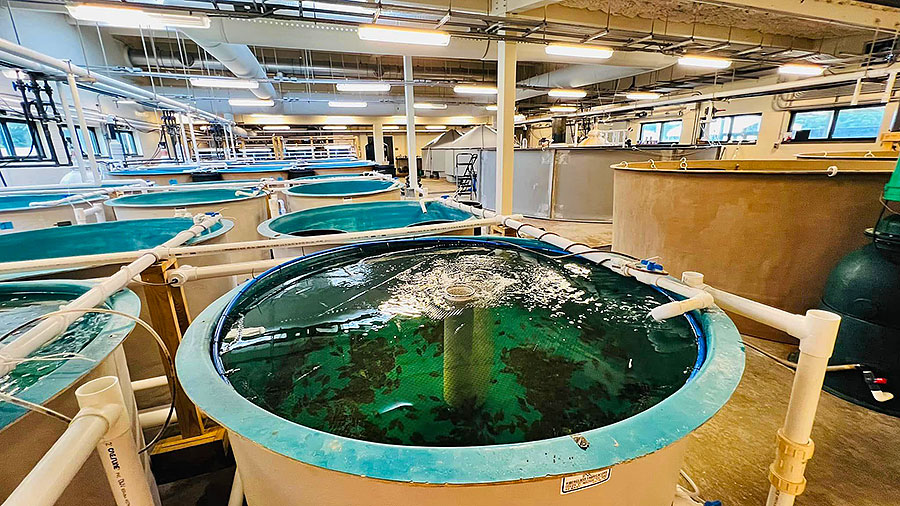
DEQ states that “recreational fishermen removed 226,995 pounds of southern flounder” during the month-long 2022 flounder season. It goes on to state that this total is “primarily harvest, but also includes the fish that die after being released.” And then, the table that follows states that recreational anglers removed 166,102 pounds of southern flounder. That’s some 60,000 pounds shy of what had just been stated, effectively saying that 60,000 pounds of released flounder died. So how do they come up with those numbers?
They are certainly not weighing flounder caught by every recreational angler every day of the season, and they aren’t picking up and weighing every released flounder that died. Those are big numbers. How do they come up with them?
The numbers are estimates based on surveys of a percentage of Coastal Recreational Fishing License holders throughout the year by mail, telephone, online, and through interviews at boat ramps, beaches and piers. The surveys ask questions ranging from where an angler fished, what they caught, and how many they threw back.
But Marine Fisheries doesn’t state what percentage of recreational anglers they survey. Is it 30 percent of all license holders? Is it 1 percent? They also don’t state their estimated margin of error in finding these numbers.
To be fair, these surveys are widely used by other states and fisheries management councils, and have been accepted as reliable methods for decades. But does that mean they really are reliable, and just how reliable are they?
To be fair again, Marine Fisheries’ insistence that southern flounder are in serious decline is backed up by regional agencies and those from other states. Decades of research involving routine sampling, as well as other methods, leads every fisheries management organization to believe this.
The reasons for the decline are varied, and no one is blaming recreational fishermen directly for the decline. Many factors are believed to contribute to the decline, but fisheries managers only have control of one area that can possibly help the southern flounder population, and that is by regulating what anglers catch.
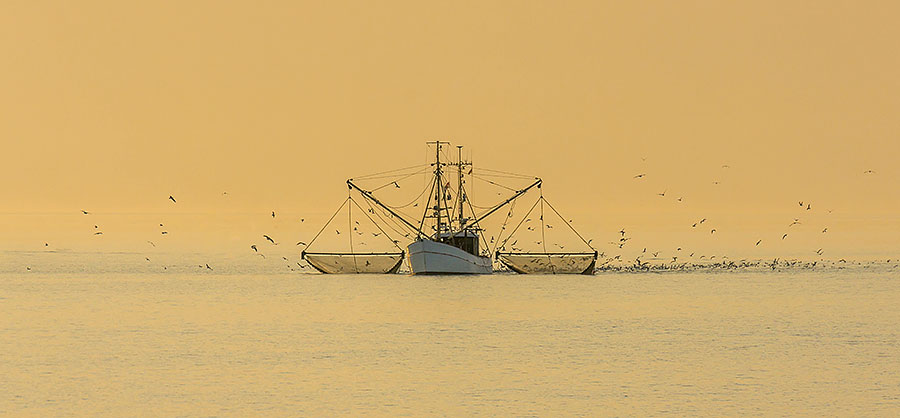
Commercial fishing
Then why do they allow commercial anglers to catch flounder, even when the recreational season is closed?
This is one of the most controversial aspects of North Carolina’s flounder fishery. But it’s also based on a serious misconception, according to Marine Fisheries.
Flounder come in three main flavors in North Carolina waters – southern flounder, summer flounder, and Gulf flounder. They all look very similar – almost indistinguishable – to casual anglers. But it’s the southern flounder that’s in decline. Summer flounder, which have a stable population according to fisheries managers, make up the bulk of the catch by North Carolina’s commercial anglers. And the majority of those fish are caught off the coast of New Jersey and New England, and brought back to North Carolina ports to be offloaded. So those fish have almost no impact on the state’s southern flounder fishery, at least according to Marine Fisheries. Plus, summer flounder, unlike southern flounder, are not managed by the NCDMF, but by the regional Atlantic States Marine Fisheries Commission (ASMFC), which states the summer flounder stock is not overfished, and overfishing is not occurring for the species.
According to Marine Fisheries, North Carolina’s “commercial ocean trawl fishery typically occurs in waters off New Jersey through southern New England, outside of the southern flounder range. The summer flounder catch is transported back to North Carolina to offload using North Carolina’s commercial summer flounder quota. Very few flounder are caught in trawls off North Carolina’s coast. Flounder landings from the commercial ocean trawl fishery are almost exclusively summer flounder.”
Where does the data come from to back this up? From “fish house sampling data where NCDMF biologists determine the ID of the flounder sampled.”
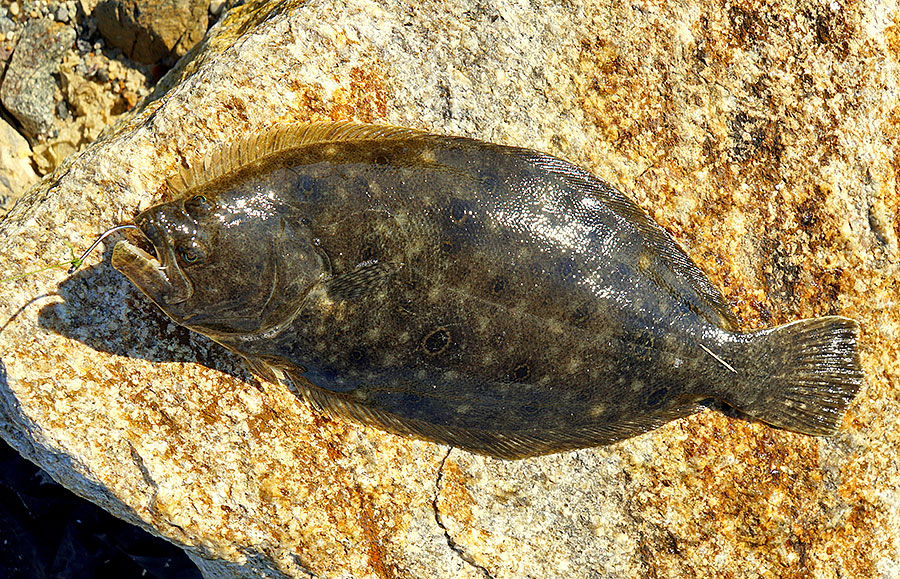
In other words, the agency making the regulations is the same agency gathering data to help them determine what the regulations should be. Is this a conflict of interest, or just the nature of fisheries management?
And getting back to the summer flounder – if commercial fishermen are allowed to catch summer flounder, which ASMFC and Marine Fisheries agree have a stable population, then why can’t recreational anglers also fish for that species?
That’s a good question, and Marine Fisheries’ Amendent 3 to the Southern Flounder Fishery Management Plan does include a provision that would allow for a March 1 to April 15 recreational Gulf and summer flounder season. However, it has not been instituted, even though the original provision stated it could have happened as early as 2023. But why not?
One concern is that most casual anglers can’t identify southern flounder from summer or Gulf flounder. Thus, southern flounder would be at risk during a season designed for the other two species.
What about South Carolina
South Carolina has also made changes to their recreational flounder fishing regulations in recent years, although not as drastic as those of the Old North State. South Carolina estabilished a funding source for a state flounder stocking program, and lowered the bag limit on flounder in 2021 to five per person, per day, not to exceed 10 per boat per day. They also upped the size limit to 16 inches.
Many fisheries biologists argue that it isn’t the best option. Among southern flounder, males rarely reach 16 inches in length, so the larger flounder that meet the minimum size requirement are almost all females. This means we are killing almost exclusively females, which will take a toll on the breeding population even more.
According to the DMF, the combined harvest of southern flounder taken from North Carolina waters equals about 57 percent of the entire harvest of all states along the eastern seaboard. They believe, therefore, that North Carolina’s management strategy needs to be more stringent than any other states.
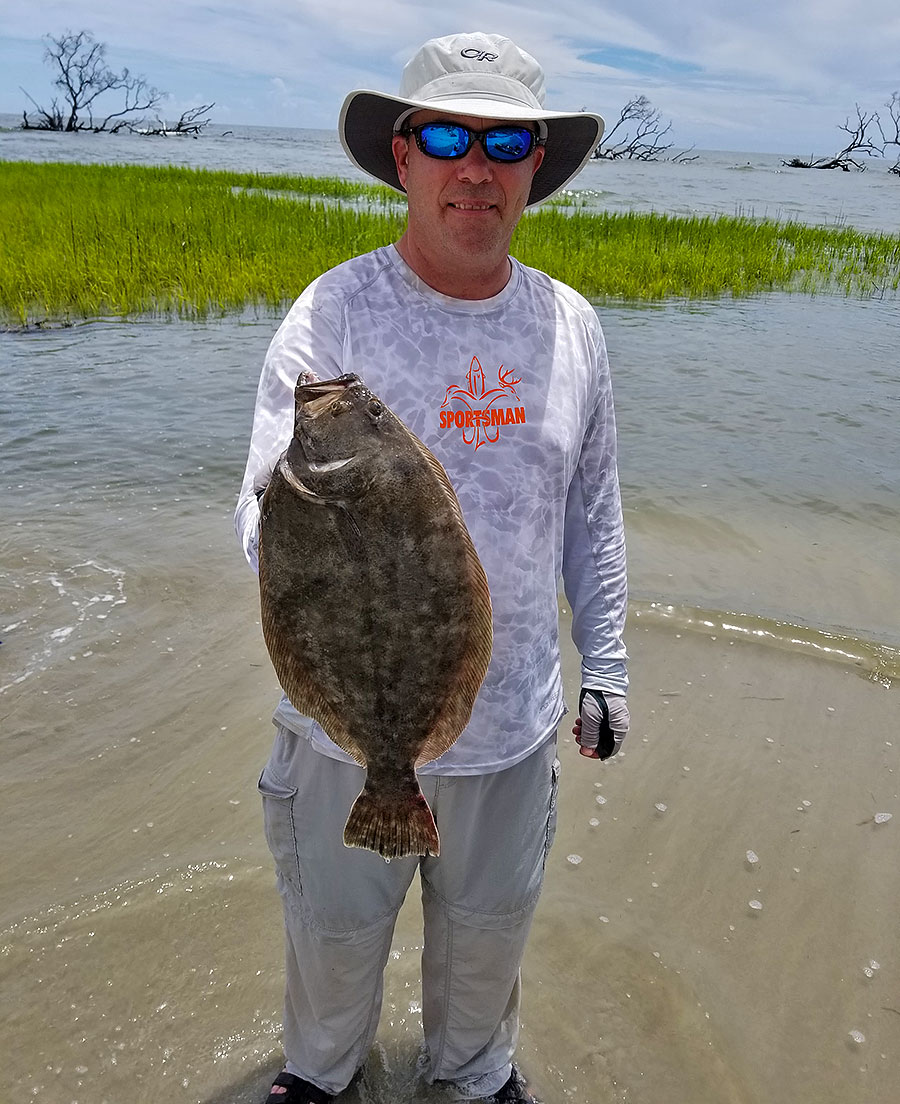
What’s next?
Next will be an announcement from NCDMF about whether North Carolina will hold a recreational flounder season in 2024, and if so, how long it will be, and what the size and creel limit will be.
That announcement should come soon. Will it make recreational anglers happy? It’s doubtful. Will it help the southern flounder population rebound?
That’s a question that may take years to be answered.
What about catch-and-release for NC flounder?
It is not illegal to catch and release flounder in North Carolina waters outside of the recreational harvest season. The Division of Marine Fisheries, however, does discourage it.
“The Division estimates a 9-percent discard mortality rate in the recreational southern flounder hook-and-line fishery, so any catch-and-release fishing can have a negative impact on the recovery of the stock,” states DMF.
In an effort to not encourage NC anglers from targeting flounder outside of the harvest season, the NC Saltwater Fishing Tournament (Citation Program) refuses to issue citations for flounder caught during the recreational season closure.

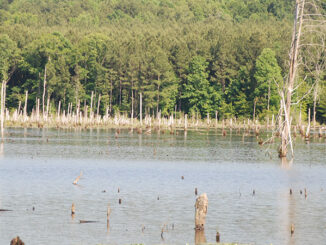
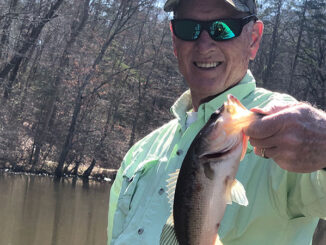
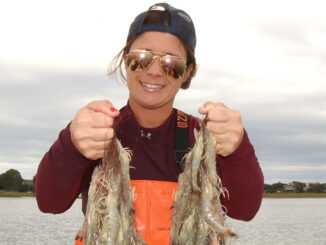

Be the first to comment